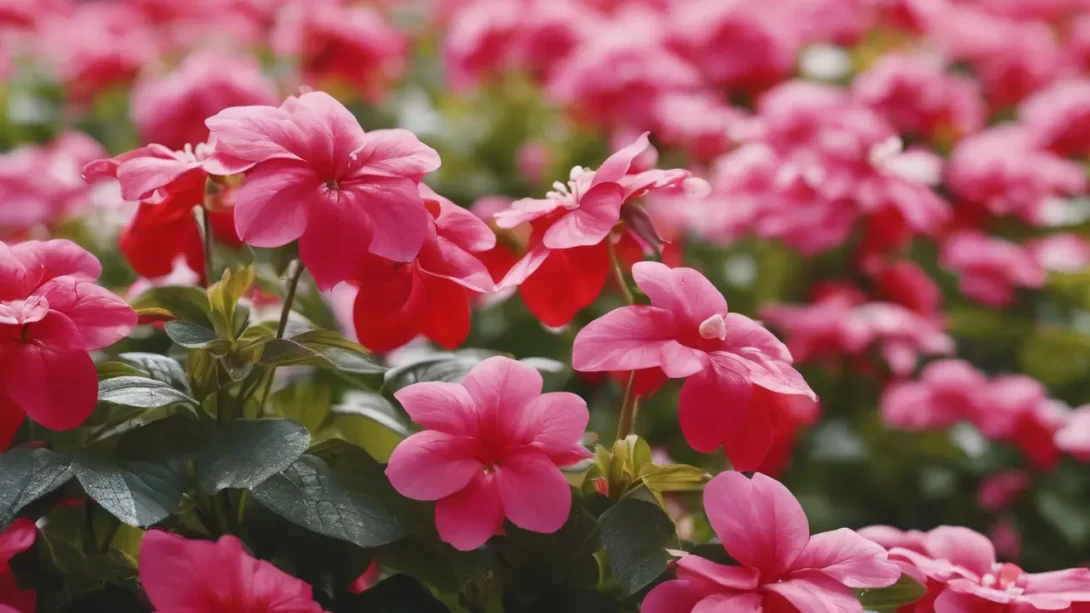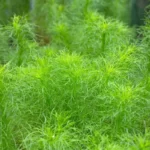Impatiens, with their vibrant blooms and lush foliage, are a favorite among gardeners for adding color to shaded areas. These plants are known for their low maintenance and high reward, making them ideal for both novice and experienced gardeners. A critical aspect of their care is proper watering, which can significantly impact their health and flowering.
Impatiens’ Water Requirements
The water needs of impatiens can vary based on several factors. The type of soil in your garden plays a crucial role; sandy soils drain faster and require more frequent watering, while clay soils retain moisture longer. Climate is another important factor; impatiens in hot, dry regions will need more water than those in cooler, humid areas. Additionally, larger impatiens plants with more foliage may require more water compared to smaller ones. Consistency is key; impatiens thrive in soil that remains evenly moist but not waterlogged.
Signs of Over and Under-Watering
Identifying the signs of over and under-watering is essential for the health of your impatiens. Over-watering can lead to yellowing leaves and a wilted appearance, often a sign of root rot due to excessive moisture. On the other hand, under-watering is indicated by dry, brown leaves and stunted growth. Both conditions can stress the plant, leading to reduced blooming and vigor. Regularly checking the soil moisture can help you maintain the right balance.
Best Practices for Watering Impatiens
To keep impatiens healthy, a general guideline is to water them once every 2-3 days. However, this can vary based on your local weather conditions and soil type. During hot, dry spells, impatiens may need water daily, while in cooler or rainy periods, less frequent watering is required. The goal is to keep the soil consistently moist but not soggy. For effective watering, do so in the morning to allow any excess water on the leaves to evaporate during the day. A watering can or soaker hose is ideal, providing a gentle and even distribution of water.
Adjusting Watering with Seasonal Changes
Seasonal changes require adjustments in your watering routine. In the summer, impatiens often require more frequent watering due to increased evaporation and plant growth. Conversely, during the winter months or in cooler climates, watering should be reduced as the plants’ growth slows down and the soil retains moisture for longer. This seasonal adjustment is crucial to prevent both drought stress in summer and root rot in winter.
Advanced Tips for Healthy Impatiens
To further promote healthy growth, consider using mulch around your impatiens. Mulch helps retain soil moisture, reducing the need for frequent watering. It also keeps the soil temperature more stable, which is beneficial for root development. In addition to proper watering, ensure your impatiens have good drainage. Poorly draining soils can lead to waterlogged conditions, which are detrimental to impatiens. If you’re growing them in containers, choose pots with drainage holes and consider a well-draining potting mix.
Monitoring Soil Moisture for Optimal Watering
Continual monitoring of soil moisture is a key aspect of impatiens care. A simple way to check soil moisture is to insert your finger into the soil near the base of the plant. If the soil feels dry to the touch at about an inch deep, it’s time to water. Avoid letting the soil completely dry out, as impatiens are sensitive to drought. On the flip side, if the soil feels soggy or waterlogged, hold off on watering until it dries out to the appropriate level.
Recognizing the Impact of Environmental Factors
Environmental factors like wind, humidity, and sunlight also play a role in your impatiens’ watering needs. Windy conditions can dry out soil more quickly, while high humidity can slow soil drying. Impatiens in more sun may require more frequent watering than those in full shade. Always consider these environmental aspects when determining your watering schedule.
Conclusion
Caring for impatiens involves a delicate balance in watering. By understanding their needs, monitoring soil moisture, and adjusting to environmental factors, you can maintain healthy, blooming impatiens throughout the growing season. Remember, each garden is unique, so it’s important to observe and respond to the specific needs of your plants. With these guidelines, your impatiens will thrive, adding a burst of color and life to your garden.



